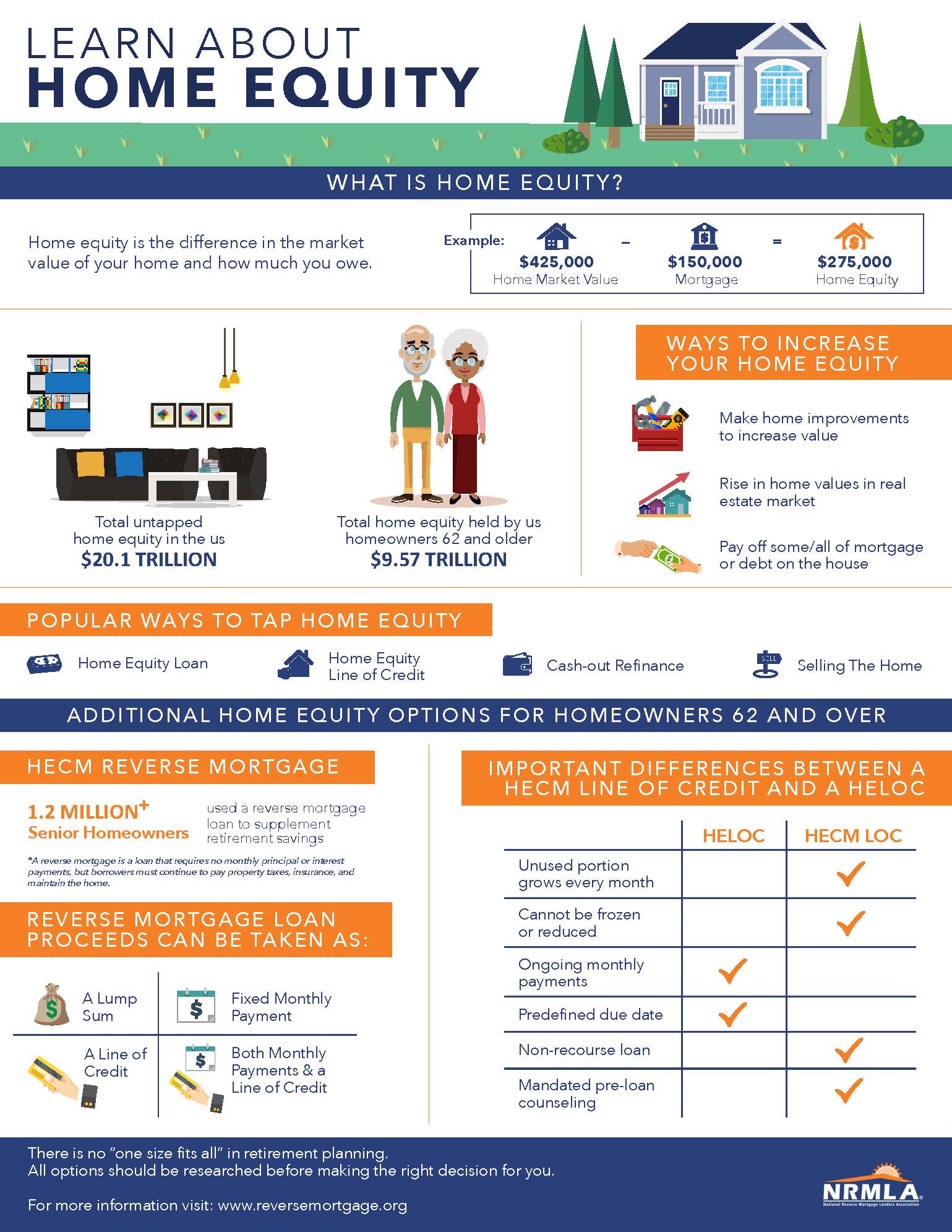Exploring the Various Kinds Of Equity Release Mortgages Available Today
Equity Release mortgages present various choices for home owners aged 55 and over. equity release mortgages. These economic items provide to different requirements and choices, allowing people to gain access to funds from their residential or commercial property. From lifetime home loans to common gratitude home loans, each type uses distinctive benefits. Recognizing these options is essential for making notified decisions. What variables should one take into consideration when selecting one of the most ideal equity Release plan? The information that comply with might clarify this essential topic
Recognizing Equity Release Mortgages
Equity Release home loans give house owners, normally those aged 55 and over, with a way to access the value bound in their residential property without requiring to market it. This monetary alternative allows individuals to convert a section of their home equity right into money, which can be used for various purposes, such as home improvements, repaying financial obligations, or financing retirement.Equity Release can take various forms, but it fundamentally involves loaning versus the value of the home while keeping possession. House owners can select to receive a swelling amount or a collection of smaller settlements, depending upon their financial requirements and preferences.Additionally, the amount offered for Release is influenced by the residential property's worth, the property owner's age, and certain lending institution standards. Generally, understanding equity Release home mortgages is essential for property owners to make informed choices concerning using their home's equity while considering the lasting effects.
Life time Mortgages
Life time home loans represent among the most preferred types of equity Release. This monetary item permits property owners, generally aged 55 or older, to borrow against the value of their building while preserving ownership. The funding, which is safeguarded against the home, accrues rate of interest with time but does not require monthly settlements. Rather, the loan and built up interest are settled when the homeowner dies or moves into long-term care.Lifetime home loans supply flexibility, as customers can pick to receive a round figure or decide for a drawdown center, accessing funds as needed. Notably, numerous plans featured a no-negative-equity warranty, guaranteeing that consumers will certainly never ever owe more than the worth of their home. This feature supplies comfort, enabling individuals to enjoy their retirement without the fear of depleting their estate. Generally, lifetime home loans function as a practical option for those looking for economic assistance in later life.
Home Reversion Plans

Drawdown Lifetime Mortgages
While several property owners look for means to access their wide range, drawdown lifetime mortgages present an adaptable choice that enables people to Release funds slowly. This kind of equity Release home loan allows home owners to obtain versus the worth of their residential property while keeping possession. Unlike typical life time home loans, drawdown strategies enable consumers to access a part of their equity upfront and take out extra funds as needed, up to an established limit.This attribute can be particularly beneficial for those that want to handle their funds thoroughly, as it reduces rate of interest buildup by only charging interest on the amounts drawn. In addition, drawdown lifetime home mortgages often feature a "no adverse equity warranty," ensuring that debtors will never ever owe greater than their home's value. This option fits senior citizens that want economic security and flexibility, enabling them to meet unexpected expenditures or preserve their lifestyle without having to market their home.
Enhanced Lifetime Mortgages
Enhanced Life time Home mortgages use distinctive advantages for eligible house owners seeking to Release equity from their residential properties. Comprehending the eligibility standards is vital, as it determines that can profit from these specialized car loans. Nonetheless, it is also crucial to assess the potential drawbacks related to improved alternatives, making certain a well-shaped perspective on their use.
Qualification Criteria Clarified
Comprehending the qualification requirements for Improved Lifetime Mortgages is essential for potential applicants looking for to access the equity in their homes. Normally, applicants should be aged 55 or older, as this age demand is typical in the equity Release market. House owners ought to possess a residential or commercial property valued at a minimum threshold, which can vary by loan provider. Notably, the residential or commercial property must be their key house and in excellent problem. Lenders commonly examine the homeowner's health and wellness condition, as certain health problems might improve eligibility and benefits. Furthermore, applicants ought to not have existing substantial financial obligations safeguarded against the property. Satisfying these requirements permits people webpage to check out Improved Lifetime Mortgages as a sensible choice for accessing funds connected up in their homes.
Advantages of Improved Mortgages
After making clear the eligibility criteria, it becomes obvious that Boosted Life time Mortgages provide several considerable advantages for homeowners wanting to take advantage of their residential or commercial property equity. Primarily, they provide access to a larger loan amount contrasted to basic lifetime home mortgages, profiting those with wellness conditions or age-related factors that increase their life span danger. This boosted borrowing capability permits property owners to satisfy various economic demands, such as home renovations or retirement costs. In addition, these home mortgages commonly feature versatile repayment options, allowing consumers to handle their funds better. The no-negative-equity guarantee additionally ensures that property owners will never ever owe even more than their building's worth, giving comfort. In General, Enhanced Lifetime Home mortgages present a compelling option for eligible house owners seeking monetary options.
Potential Disadvantages Thought About
While Boosted Life time Home mortgages use various benefits, potential disadvantages warrant cautious factor to consider. One considerable issue is the influence on inheritance; the equity launched decreases the worth of the estate delegated beneficiaries. In addition, these home mortgages can build up significant rate of read this article interest with time, leading to a substantial financial obligation that may surpass the initial financing quantity. There may additionally be restrictions on property alterations or rental, limiting property owners' flexibility. In addition, boosted items often require details health problems, suggesting not all property owners will certainly certify. Handling the charges and charges linked with these home mortgages can be complex, possibly leading to unanticipated costs. Therefore, people need to extensively examine their circumstance and get in touch with economic advisors prior to proceeding.
Shared Admiration Home Loans
Shared Admiration Home mortgages stand for an unique economic setup that permits house owners to gain access to equity while sharing future building value increases with the loan provider. This strategy uses potential benefits such as minimized month-to-month repayments, yet it also features disadvantages that have to be thoroughly thought about. Recognizing the eligibility requirements is essential for those thinking about this alternative.
Concept Overview
Equity Release home mortgages, specifically in the form of common recognition mortgages, provide home owners a special economic service that allows them to access funds by leveraging the worth of their residential or commercial property. In this setup, a lender supplies a finance to the homeowner, which is commonly paid off with a share of the residential or commercial property's future gratitude in worth. This implies that when the homeowner offers the residential or commercial property or dies, the lending institution gets a percent of the increased worth, as opposed to just the initial finance quantity. Shared appreciation mortgages can be appealing for those wanting to supplement their income or finance considerable expenditures while preserving possession of their home. The monetary implications of shared gratitude have to be carefully considered by prospective customers.
Disadvantages and advantages
Although shared appreciation home mortgages can give substantial monetary advantages, they likewise feature noteworthy downsides that possible consumers must take into consideration. These home loans enable house owners to gain access to equity in their properties while sharing a part of any type of future appreciation with the lending institution. This arrangement can be beneficial during times of increasing residential property values, providing significant funds without regular monthly repayments. The main disadvantage is the potential loss of equity; property owners might end up with appreciably lowered inheritance for heirs. In addition, the complexity of the terms can lead to misunderstandings concerning repayment responsibilities and the percentage of appreciation owed. It is crucial for customers to weigh these variables meticulously before dedicating to a shared admiration mortgage.
:max_bytes(150000):strip_icc()/dotdash-reverse-vs-forward-mortgage-Final2-6961b02571a444ec8bfad146b6138665.jpg)
Eligibility Demands
What standards must house owners fulfill to get approved for a shared appreciation home mortgage? Mostly, prospects should go to the very least 55 years old, guaranteeing they are within the target demographic for equity Release items. In addition, the building needs to be their primary house and commonly valued above a defined minimum limit, usually around ? 100,000. Lenders likewise assess the homeowner's financial situations, consisting of revenue and arrearages, to determine they can manage the home loan responsibly. Importantly, the property needs to remain in good condition and totally free from significant lawful encumbrances. Homeowners must additionally have a clear understanding of the terms, including just how recognition will be shared with the lending institution upon sale or transfer of the building, as this impacts overall returns.
Picking the Right Equity Release Alternative

Frequently Asked Inquiries
What Age Do I Need to Be for Equity Release?
The age need for equity Release normally starts at 55 for many plans. Some service providers might provide options for those aged 60 and above, reflecting varying terms based on individual conditions and lender policies.
Will Equity Release Influence My Inheritance?
Equity Release can impact inheritance, as the quantity borrowed plus passion reduces the estate's worth. Heirs might receive less than prepared for, relying on the residential or commercial property's appreciation and the complete financial obligation at the time of passing.
Can I Relocate House With Equity Release?
The question of moving home with equity Release arises regularly. Generally, people can move their equity Release strategy to a new building, but certain conditions may apply, needing consultation with the lending institution for support.
Are There Fees Related To Equity Release Mortgages?
Costs linked with equity Release home loans can include setup charges, valuation charges, and lawful costs. Additionally, there may be very early settlement charges, which can influence the total price and financial implications for the consumer.
How Does Equity Release Impact My Tax Obligation Scenario?
Equity Release can affect one's tax scenario by possibly increasing taxed income, as launched funds are thought about funding. It typically does not sustain prompt tax obligation liabilities, making it necessary to speak with a monetary expert for customized support.
Verdict
In recap, the selection of equity Release home loans offered today uses home owners aged 55 and over numerous paths to access their home's value - equity release mortgages. Whether going with a life time home mortgage, home reversion plan, or other alternatives, each option offers unique benefits customized to private financial demands. Cautious consideration and consultation with an economic consultant are crucial to guarantee the picked equity Release solution aligns with financial conditions and personal objectives, ultimately facilitating notified decision-making for a secure financial future. Equity Release home mortgages present different choices for homeowners aged 55 and over. Equity Release home loans give property owners, commonly those aged 55 and over, with a means to access the value tied up in their property without needing to sell it. Enhanced Life time Home loans provide distinct benefits for eligible homeowners looking for to Release equity from their buildings. Equity Release mortgages, specifically in the type of shared admiration home loans, offer home owners a special financial remedy that enables them to access funds by leveraging the worth of their home. In recap, the range of equity Release mortgages offered today provides property owners aged 55 and over multiple paths to access their residential or commercial property's worth